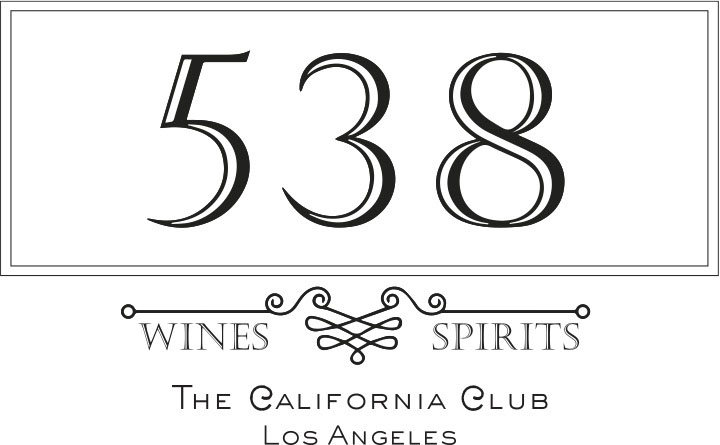2013 Côtes de Gascogne | Wine Notes 538calclub.com
Domaine Saint-Lannes
The Côtes de Gascogne is in the heart of Cognac country. This is a blend of 80% Colombard and 20% Gros Manseng from 25 year old vines in the commune of Lagraulet-du-Gers, near Condom. The climate is continental: cold in the winter, warm and dry in the summer. The Colombard is picked 2 weeks before the Gros Manseng. The melon-roundness flavor is thanks to a bit of rich fruit from the Gros Manseng. The fruit is cooled and given 12 hours of maceration on its skins. The juice is then cold stabilized and lightly cleared. It ferments at low, controlled temperature and is aged on the fine lees for 3 months.
The 2015 vintage started off quickly in March, after a rainy and mild winter. May and June were hot and flowering occurred without issues in mid-June. Hot and dry weather continued in July and August — it was 100 degrees in the first week of July — keeping the vines healthy and allowing early and uniform véraison (ripening). Early September brought much needed rain. Harvest began on September 17th and lasted for 2 weeks. Energetic, broad and expressive citrus and tropical fruit flavors; bright, mineral, elegant length.
The vineyards are all on well exposed, south facing slopes and plateaus. The exclusively clay-limestone top soil is not more than one meter deep, and the subsoil is pure limestone. There are several working limestone quarries close to the domaine. This terroir drains well, enhances ripening, and imparts minerality and verve to the wine. From harvest on, the Duffours take great care to prevent any contact of the grapes with oxygen, which would quickly degrade freshness. The grapes are picked from 4:00 AM to 10:00 AM so that they are cool from the start. The fruit is protected from exposure to oxygen during the brief transport to the winery. The juice naturally extracts from the grapes during the 12-hour -maceration period, which occurs under a blanket of inert gas. Only the “jus de goutte”, or juiced steeped with the skins, is fermented; no press-juice is used because it would dull the fresh aromas and flavors. The young wine ferments cold for about two weeks, after which it rests on its fine lees in stainless steel tanks to develop complexity. There is no malolactic fermentation. The varietals are vinified separately and are blended in January. The new vintage is released one month later. The result is pale yellow with silvery glints and a youthful rim. Vibrant aromas of lively citrus and exotic fruit on the nose give way to a fresh, nicely balanced palate and long finish that is clean and aromatic.

